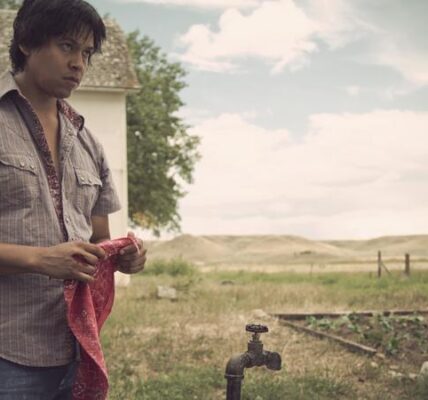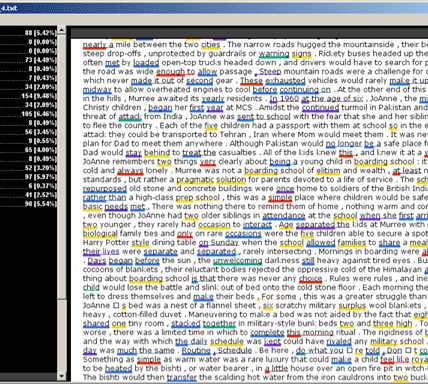Belly Of The Beast
Here, DoP Giora Bejach and director Samuel Maoz reveal how they overcame the challenges of shooting in their intense location.
If there’s one phrase that expresses the aesthetic of Samuel Maoz’s Lebanon, a film set entirely inside a tank, it is ‘bleed into black’. A term coined by Maoz during one of his early conversations with his cinematographer Giora Bejach, it perfectly summarises the task in hand: to visually conjure the sticky, sweaty feeling of being in such a hellish location. “After he said this sentence, it was obvious to me what kind of atmosphere he wanted inside the tank,” says Bejach. Never leaving the belly of this iron beast, save for two shots that bookend the film, Lebanon plays with darkness both on screen and in the souls of the four terrified soldiers that form the core cast of this remarkable film.
Set during the opening exchanges of the first Lebanon War, which began on June 6, 1982, when the Israel Defence Forces invaded southern Lebanon, Maoz’s film is like a cross between classic submarine drama Das Boot and that old first-person Atari game, Battlezone. With a bare-bones plot that sees a lone fourman tank accompanied by a paratrooper unit despatched to search a hostile town and rid it of any remaining PLO resistance fighters, the Israeli-born Maoz based the story on personal experience. He was just 20 when the war began, and was assigned to be the gunman of a tank-the first one to cross the Lebanese border.
What was supposed to be a one-day mission turned into a “journey into hell,” recalls Maoz, as his tank got stranded inside a Syrian-controlled area in Lebanon. “We were inside the Syrian tank camps, surrounded by 11 Syrian tanks,” he recalls. “All our systems, it was a total failure. Nothing worked. We were not shooting, we were not reacting… they climbed on the tank and they tried to open the roof door, shouting that they wanted to kill us with their bare hands. It was a very extreme experience. In the end, the pilot just dived. They couldn’t bomb this area because we were there. So he dived so close to the ground, they were sure that he was going to bomb, and they just ran away.”
Bejach didn’t meet Maoz until the mid–1990s, when he was a lighting gaffer working in the Israeli film industry and his future director was working as a production designer. Yet, curiously, he had encountered him before-though he didn’t know it. During the war, Bejach was a young soldier in the air force intelligence, watching this very incident play out on the radar screen. “When this tank got stuck in Lebanon, we had to keep an eye on it for the whole night,” says Bejach. “So when Samuel was telling me this story about this tank that got stuck on the outskirts of Beirut, I said, ‘So you’re the one!’ I heard the story from the other end, from my end. I didn’t know who was in the tank but I knew the tank was there.”










